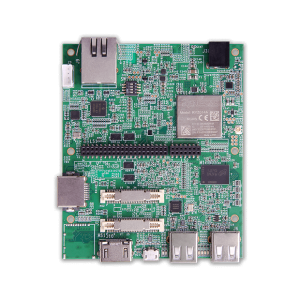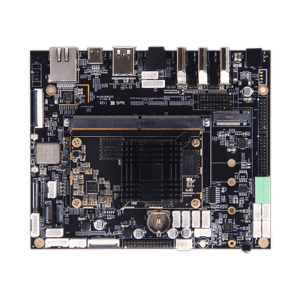Unlocking New Opportunities with Advanced System on Component Designs
Unlocking New Opportunities with Advanced System on Component Designs
Blog Article
System on Module vs. Simple Board Computer: Key Differences Explained
Creating a new product often involves long timelines, elaborate types, and significant resource investment. For corporations trying to increase this method while sustaining top quality requirements, a embedded computer module gifts an progressive solution. This lightweight component not merely simplifies the growth process but additionally helps increase solution progress rounds without compromising performance or reliability.

SoM: A Making Stop for Efficient Product Development
A Process on Component (SoM) is a total processing module that encapsulates all of the components required to perform a specific application. It always includes a model, storage, storage, and other essential peripherals such as connection options and communication interfaces. The key advantage of an SoM is its lightweight measurement, which makes it an easy task to include in to any solution design.
Streamlining Solution Growth with SoMs
Traditionally, creating a new service requires developing and developing every component from scratch. This method can be time-consuming and resource-intensive, specifically for complicated products.
What's a Program on Module
A System on Element, often abbreviated as embedded single board computer, is just a small, incorporated signal that comes pre-loaded with crucial components such as for instance a microprocessor, storage, power management, and occasionally even connection options. Think of it as a pre-built basis for your item, allowing designers to target on certain functionalities without reinventing the wheel.
Why System on Module Advantages Product Development
Here certainly are a several ways a Program on Component considerably speeds up the product growth process.
Simplifies the Style Process
Having a custom panel from scratch involves time-consuming jobs like choosing parts, developing the world, and testing hardware. By integrating different primary functionalities, an SoM simplifies this process. Developers can concentrate on planning the unique areas of their product in place of worrying all about low-level hardware complexities.
An illustration worth considering is in IoT devices. As opposed to developing every part, developers can use an SoM to include essential IoT functions rapidly, decreasing the overall time and energy to market.
Reduces Risk
Custom electronics style inherently bears dangers of mistakes and delays. Debugging and ensuring part compatibility can drag timelines. An off-the-shelf System on Element is pre-tested for performance and reliability, reducing odds of mistakes and ensuring a well balanced foundation. Designers may confidently construct upon that without worrying about the basics.
Reduces Costs
While transparent prices of an SoM may appear higher than some parts, it ultimately saves time and source allocation, lowering costs in the long run. Additionally, the accessibility to widely-used segments assures scalability without requiring regular redesigns.
Rates Up Prototyping

Quick prototyping is essential for firms striving to iterate rapidly and match market demands. An SoM allows faster prototyping by providing a ready-to-use foundation. Teams may fast construct a prototype, test performance, and make changes without waiting for considerable electronics design cycles.
Eases Maintenance
Program on Modules are designed to provide long-term help, which ensures compatibility around time. Upgrades or changes to the component do not demand a complete upgrade, more accelerating future item iterations.
Empowering Quicker Innovation
Adopting a System on Element may revolutionize how items are developed. By lowering design complexities, minimizing risks, and enabling scalability, companies can supply progressive alternatives more efficiently. For industries wherever time to promote is really a critical full for success, adding an SoM to the progress process is a game-changing strategy. Report this page